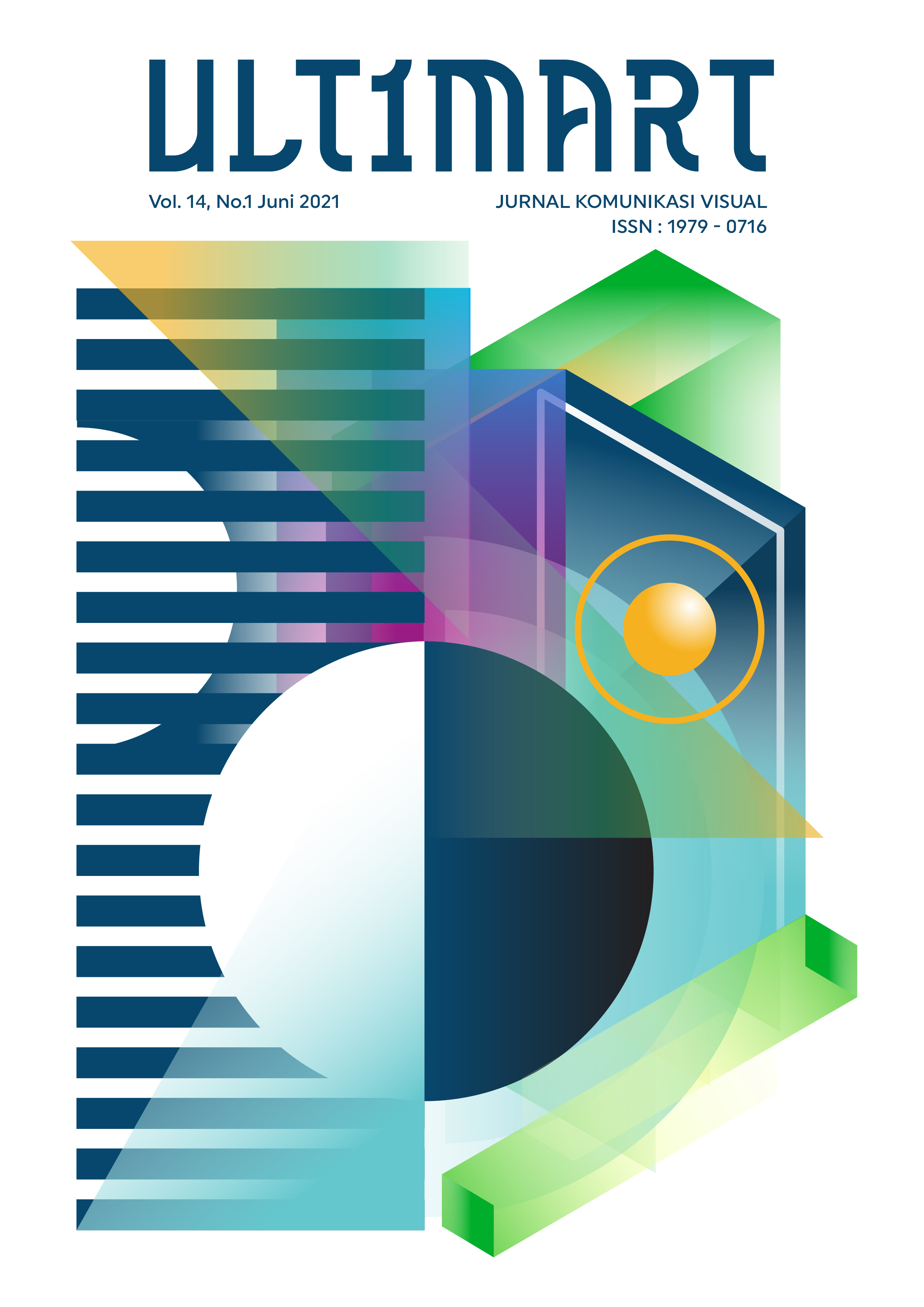Understanding Cognitive Science of Sighted Person in Reading Tactile Pictogram by Touch
DOI:
https://doi.org/10.31937/ultimart.v14i1.1858Abstrak
The tactile pictogram is designed as an orientation and mobility system for the visually impaired in the train station. How to access the information through touch. However, this design is also intended to be used by the sighted person. To make this design becomes universal, in the designing process, it is necessary to consider the cognitive processes that occur when the sighted people read a tactile pictogram as an input for data comparisons. Data collection methods are divided into three, namely surveys to obtain primary data, action research to obtain secondary data, and document study to obtain tertiary data. The study was conducted by testing the pictogram media that had been previously designed with a semiotic approach to the ancient visual language theory of Primadi Tabrani. The data results were analyzed quantitatively and qualitatively. At the analysis process, findings are hoped to be able to reveal definitional statements about the cognitive ability that is used by sighted people in reading tactile pictograms, namely imagery or memory.
Keyword: cognitive process; neural mechanism; sighted; reading by touch; tactile pictogram; universal.
Unduhan
Unduhan
Diterbitkan
Cara Mengutip
Terbitan
Bagian
Lisensi
Authors retain copyright and grant the journal right of first publication with the work simultaneously licensed under a Creative Commons Attribution-ShareAlike International License (CC-BY-SA 4.0) that allows others to share the work with an acknowledgement of the work's authorship and initial publication in this journal.
Authors are able to enter into separate, additional contractual arrangements for the non-exclusive distribution of the journal's published version of the work (e.g., post it to an institutional repository or publish it in a book), with an acknowledgement of its initial publication in this journal.















